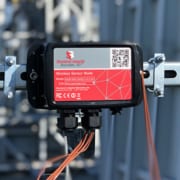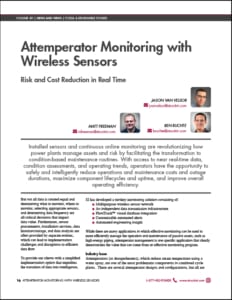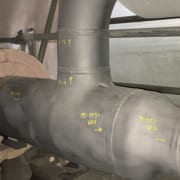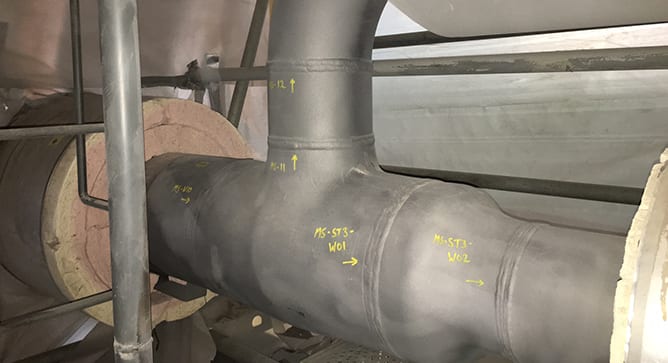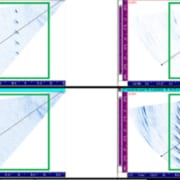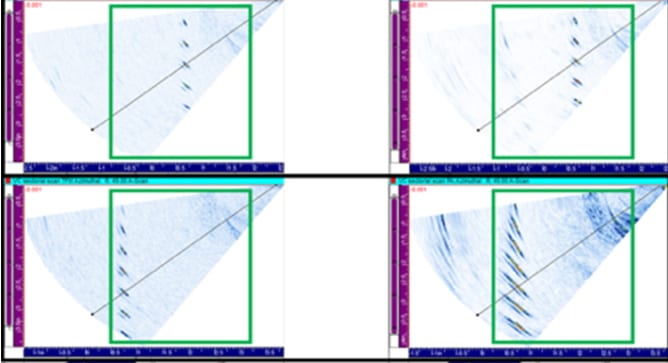High Energy Piping Monitoring
High Energy Piping Monitoring
SI moves beyond the pilot application of a High Energy Piping monitoring program designed to reduce operational risk and optimize maintenance activities.

Informed by decades of material performance knowledge, the SI team has refined a proprietary risk-ranking method to optimize sensor placement and deliver a high-value monitoring platform supported by the PlantTrack™ asset data management platform. The integration of monitoring information into the platform further enhances equipment asset integrity data to simplify stakeholder decision making. The SI solution incorporates various sensors working on a distributed wireless network to feed real-time data to SI’s state-of-the-art algorithms and is also capable of integrating with existing plant data historians to pull in other valuable operational data. The outcome is a cost-effective damage monitoring approach to focus resources and the timing of comprehensive field inspections.
“The architecture enables asset managers to obtain real-time feedback, alerts, and trends that clearly link actual operating conditions to the lifecycle of critical components.,” said Jason Van Velsor, Director of Integrated Monitoring Technology at SI.
“We have supported clients with asset integrity insights for decades and now offer enhanced monitoring technology that will help automate risk management for high energy piping and help obtain the most value out of field inspection and other maintenance activities during outages.”
Unique Features of the SI Solution include:
- Design and application of a monitoring program that focuses on safety and reliability and is consistent with guidance contained in the ASME B31.1 regulatory code.
- Expert assessment (or Gap Analysis) to optimize monitoring including health checkups to validate optimum monitoring for plant operation.
- Decades of material analysis insights as algorithms to expertly inform decision making.
- Customized automated alerts to notify operators of abnormal or undesirable operating conditions affecting the life of high-energy components.
Contact Steve or Jason to learn more (info@structint.com)
Read Our Related News and Views Story
News and Views Volume 49, Attemperator Monitoring with Wireless Sensors

